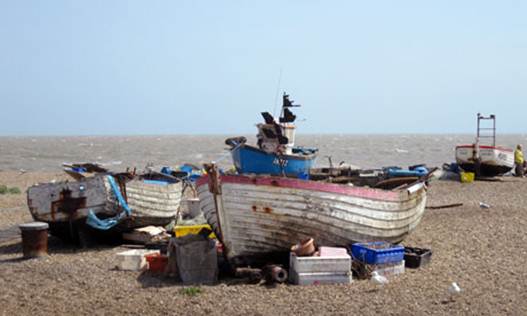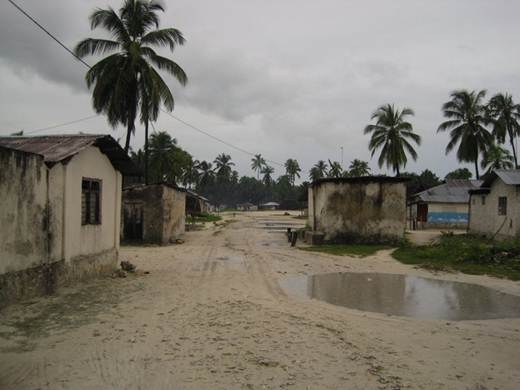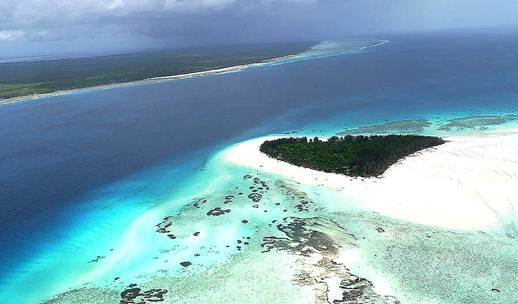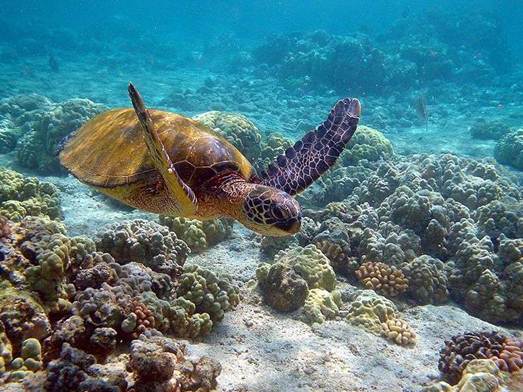Away from Stone Town, traditional life
still follows the rhythms of the tides and the winds of the monsoon, seemingly
oblivious to (but soon to be overwhelmed by) the mushrooming chain of resorts
that line much of the island's northern and eastern edges. A handful of densely
populated towns, small farm plots and areas of scrub dot the interior, while a
string of stellar beaches and somnolent fishing villages fringe the coast. If
you meander around the latter, you'll find strings of fish drying in the sun,
fishermen repairing their nets in the shade and cows and chickens wandering
across sandy lanes. Wade out into the surreal shallows at low tide and you'll
often discover women picking their way through their seaweed harvests.

fishing
villages fringe the coast
One fishing village that is an enduring
favourite of mine is Jambiani in the southeast, with its sunbaked collection of
coral-rag houses overlooking a long stretch of white sand. It's easy to get stuck
here for days, gazing out at the sea with its ethereal aqua hues and line of
anchored Ngalawa (outrigger canoes). Another highlight is Matemwe, known for
its powdery white sand and its inviting collection of smaller hotels.

One
fishing village that is an enduring favourite of mine is Jambiani in the
southeast, with its sunbaked collection of coral-rag houses overlooking a long
stretch of white sand
If the crowds on Zanzibar Island get to be
too much, there are several nearby islands and islets to explore. Tiny Mnemba,
a zoom-wide patch of dazzlingly white sand that is just offshore from Matemwe,
is renowned for its fine snorkelling and diving, its dolphins, green turtles
and seasonal populations of humpback whales. It is also known for Mnemba Island
Lodge, Zanzibar's most exclusive address. While anyone can snorkel offshore,
entry onto the island is reserved for guests of the lodge.

Mnemba
Island Lodge
On the other side of Zanzibar, about 10km
southwest of Stone Town, is the larger island of Chumbe. Unlike Mnemba, Chumbe
is not known for its beaches (although they are there). Rather, the highlights
here are Chumbe's spectacular coral gardens, as well as the dolphins, turtles
and 400 species of fish that frequent its surrounding waters.
The island tivasTanzania's first marine
sanctuary, and is now run as Chumbe Island Coral Park (www.chumbeisland.com), a
highly acclaimed centre for ecotourism known especially for its environmental
education work with local school children.

the
highlights here are Chumbe's spectacular coral gardens, as well as the
dolphins, turtles and 400 species of fish that frequent its surrounding waters
Leaving Zanzibar behind, we turn our sights
northwards. Lying just across a choppy 50km-wide channel is the hilly and
lushly vegetated Pemba, the Zanzibar Archipelago's other island'. This is the
al Khuthera of old, the Green Island that once provided the archipelago's
economic foundation with its extensive clove plantations and agricultural base.
Yet it is almost totally overlooked today.
Pemba's interior is a verdant patchwork of
tidy farm plots and stands of banana, while much of the island's coast is lined
with mangroves and tidal creeks. Although it goes without Zanzibar's stellar
beaches, there are a few beautiful coves and some idyllic islets. Offshore, the
steeply dropping walls of the Pemba Channel offer challenging scuba sites for
skilled divers. The island is small, and a north-south traverse by foot takes
less than two hours. However, anything off the main road feels kilometres away
in space and time from everywhere. Highlights for me include the quiet
waterways of the far south, the lovely islet of Misali, the medieval ruins near
Tumbe and the dense rainforest at Ngezi. Culturally, Pemba remains shrouded in
mystery - it is overwhelmingly Muslim and Swahili in character, but possesses
strong voodoo and animist traditions as well.
Our final island stop is the Mafia
Archipelago. If Zanzibar Island is a glimpse into the Swahili coast's promising
future, Mafia is a delightful step back into its more traditional past. On the
main island of Mafia, sandy lanes wind through coconut plantations, and
donkey-drawn carts and Bajaji (Tuk-Tuks) are the main forms of transport. There
is no equivalent of Zanzibar's Stone Town here; lively Kinondoni, the main
town, is a complete backwater by comparison. A handful of upmarket lodges and a
few enterprising backpacker bases are the island's only accommodation, and life
moves at a charmingly snail-like pace.
Mafia's entire southeastern comer has been
gazetted as a marine park, and offers fine diving and snorkelling, with lovely
corals and a good variety of fish. The arrival of whale sharks to Mafia's
waters is a highlight for many visitors between November and February.
An easy sail away from Mafia Island are
several smaller islands with ruins testifying to the archipelago's Shirazi-era Heyday
and its later role as a trading centre during the time of the Omani sultanate.